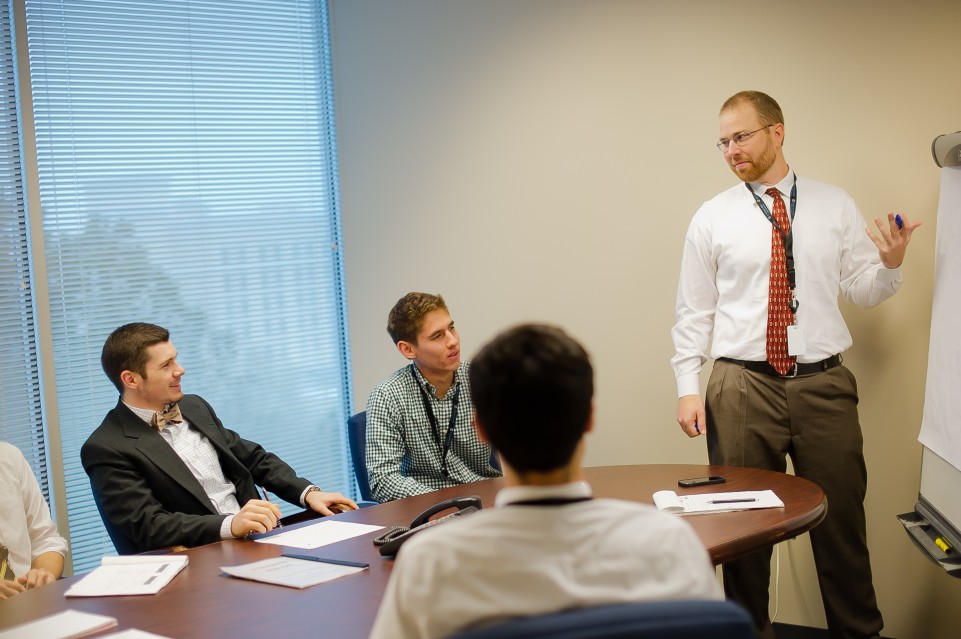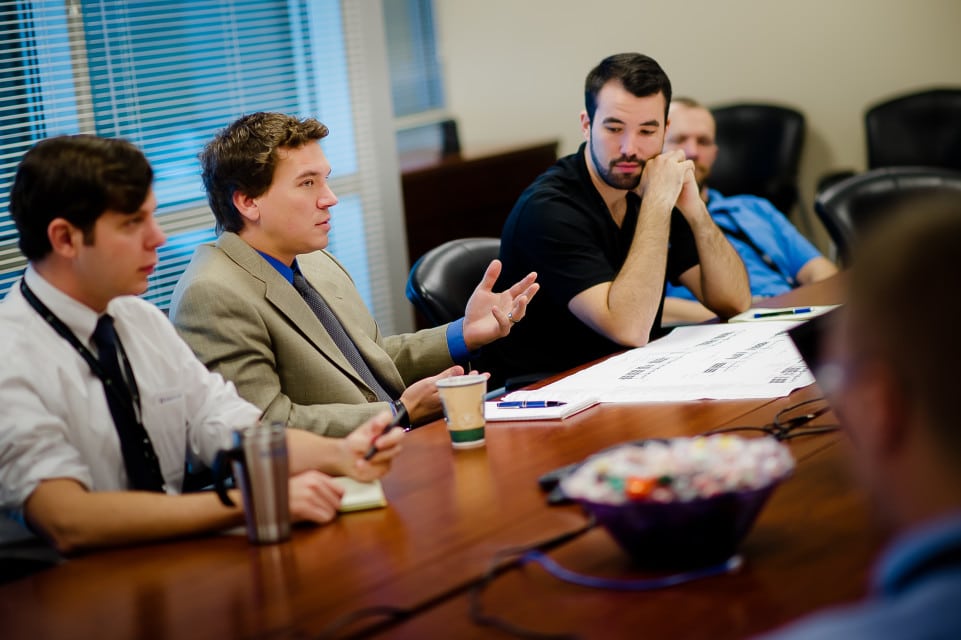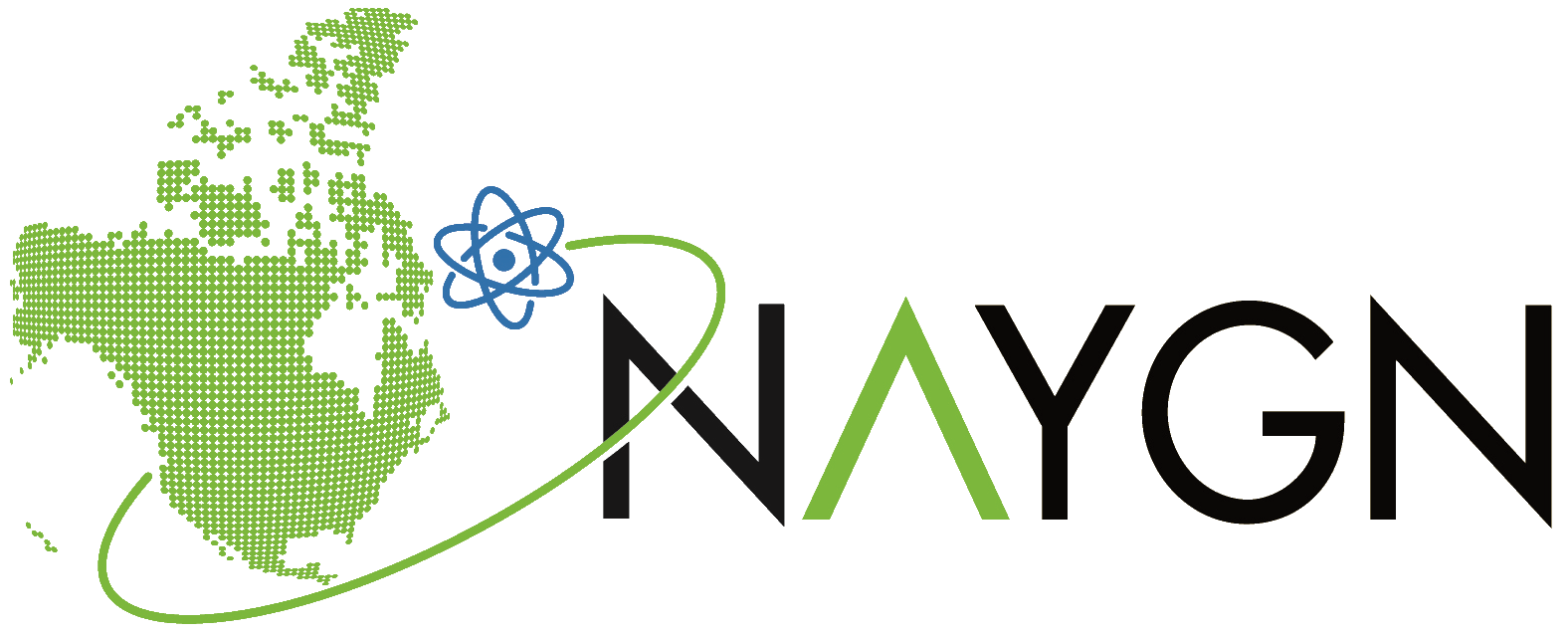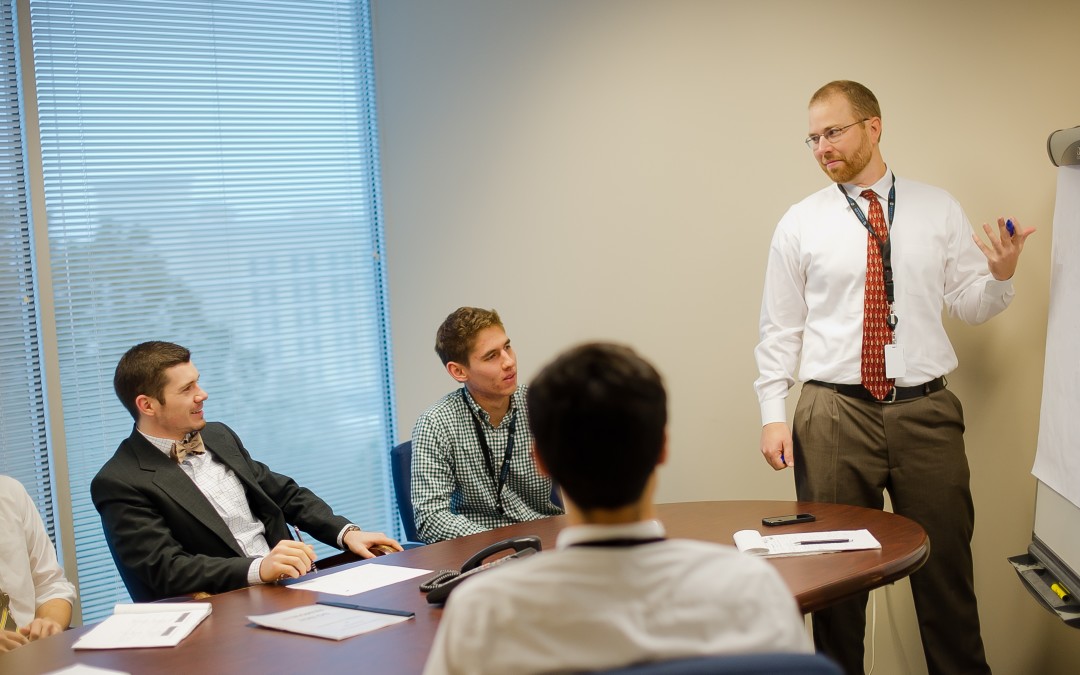One of the difficulties with most leadership programs is that they are typically developed to teach only through presentations and do not allow participants to put into practice what they have learned. The framework of only engaging participants through lecture-style presentations can limit their leadership growth potential and stifle their development in the company. This passive learning leaves participants feeling less invested in the company and less trusted to be put in a leadership role. That’s where the ENERCON Emerging Leaders Program (ELP) is distinct and structured to develop personnel into future leaders.
The program began when a group of young engineers sought out HR to endorse the idea, in hopes that HR would take the lead on the program. They were relying on developing a program with the training manager, and presented the idea to the HR vice president as a case-study-driven leadership program. But, as with any other idea, if you have a certain vision, you must see it through to the end! After negotiating with HR, it was decided that engineers would pick apart a program that was solely based on research. Instead, they sought out to lean on leaders in the company to present on their individual strengths in the leadership program and allow participants to develop and communicate by researching and proposing solutions to real-life company challenges. These solutions would then be proposed to senior management. The ultimate vision for the program was carried throughout the program development: to enable the program participants to solve vexing problems that company managers and senior leadership face in a more real-time situation by relying on day-to-day experiences. Through this program development, these young professionals have laid the groundwork to the next generation of leadership, with their venture aptly called the Emerging Leaders Program (ELP).

The ELP is a one-year program requiring participants to invest a minimum of 3 hours each month toward their development. This time involves alternating months of leadership presentations and small group meetings, with the main objective of learning from the presentations and proposing an idea to senior leadership based on real-life company challenges. The program was originally piloted as a volunteer-based program, with signed acknowledgement from the participant and their supervision.
In the pilot program, large group presentations, which all participants engaged in, were aimed to transfer leadership skills from current leaders to emerging leaders in various topics:
- Business Strategy – lecture-style presentation aimed at teaching participants the business model, sales strategy, business forecasting and projections, and securing untapped markets
- Planning and Organizing – panel-style Q&A with leaders from across the company looking to give perspective on time management and efficiency
- Client Perspective and Communication – group activity-style presentation aimed at putting staff in the client’s perspective, while understanding their needs and objectives
- ENERCON as a Business – breakout session-style presentations from various aspects of the company (HR, IT, QA and Accounting) to help participants understand the different roles that the company must rely on to make help it function
- Critical Thinking – breakout session-style, open presentation format, based on a case study, allowing participants to think of unique solutions on the topic of common business issues
- Selling the ENERCON Services – breakout session-style that focused on how to sell the business to clients and how to sell an idea to internal and external clients; focused on providing knowledge of sales and influence to aid with the end-of-program presentation to senior leaders
The different styles of large group presentations were intentional to allow participants with different learning styles to achieve full understanding.
The small groups were strategically selected to force engineers to step outside of their comfort zone and work with multiple disciplines and even other areas (such as Accounting and HR) of the company. The small group meetings included small-term assignments that targeted retention and application of the presented course material. Each small group meeting built upon each other to focus efforts on the end-of-program presentation.
The end-of-program presentation was the central focus of the participants’ development. As program developers, they chose a broad topic of improving communication in the company to get a variety of creative solutions. ENERCON naturally depends on communication within multi-disciplinary groups to achieve success. Therefore, their business opportunity topic was phrased as “What can be done to facilitate or improve the interaction and communication between groups? (i.e., between disciplines, between engineering and project managers, between offices)”. The presentation focused on return on investment and a strategy to plan and execute the solution.

Although, as developers, they reveled in their program content, the most rewarding part of the ELP was undoubtedly the tremendously well-constructed business opportunity presentations by all participants! They never expected that all of the presented solutions would be applicable to a business need and that their senior leaders would be so open to them. In fact, in two cases (development and implementation of PM training for engineers, and initiation of added company metrics), the proposed solutions have already been implemented by the company.
The winning presenters, Dayanna Palacios, Michael Jones, and Knox Pannill, developed an innovative solution of developing an internal tool that would allow the company to locate subject matter experts, professional engineer licenses based on states, sort through qualifications and experiences, and act as a central hub for initiating communication throughout the company. The presentation was so well executed that several ENERCON executives, who do not give out praises easily, lauded the concept in its ease of use, its applicability, and its immediate need to be implemented. Overall, ENERCON personnel were so blown away by how effective all the presentations were that they assigned corporate sponsors to each of the groups to enact their concepts. That’s where the success of this program came down to: letting employees proactively practice leadership and implement change throughout the company!
What does the future of the ENERCON ELP hold? As the first-year participants debriefed, they learned a lot from their pilot. Each group provided face-to-face feedback of the program, mentioning that it needed to be more individualized, needed more follow-up from managers throughout the process, needed to be a more explicit feeder to career path opportunities, and that the large group presentations needed to have greater interaction.
In their second year of the program, they have learned from these past lessons and have instituted this program company wide, with participants being selected based on nomination from managers. Participants are given a choice of several end-of-term presentations and are assigned a management sponsor upfront in the program. The management sponsor is local to the office where participants work, in order to provide more individual feedback and coaching. The program begins with an employee receiving a 360 Feedback Report, and developing an Individual Development Plan to use throughout the program. In addition, the program has an added element of requiring managers and supervisors to address participants’ future in the company and aim to place them in positions that empower them to solidify their growth. ENERCON has transitioned all of the presentations to require more interaction between the participants and the presenting leadership team members.
ENERCON is excited about the future potential of the ELP to foster their motivated employees! They feel that the next generation of leaders will be empowered to make decisions and actively pursue leadership opportunities. They will continue to track program impacts, and look forward to the development of the future generation of leaders, who will shape the company and navigate their growth into new and emerging business opportunities!
Written by: Arihant Jain

